Paribus Report by Jesse
This week has been a real ride on the crypto coaster with many projects reverting back to prices not seen since June. Bitcoin is no different as it continues to inch closer to $40k. While we can only assume this is due to some good old-fashioned China FUD and newly injected regulatory uncertainties in the USA. We can only speculate as to why the market has acted this way and when it will turn around again. Getting into this week’s review, we’re looking at a new project that wants to utilize the Cardano ecosystem to propose lending and borrowing services to users.
Introduction
Paribus is a new protocol that offers DeFi holders and investors a platform to extend the reach of their digital assets and positions. A Cardano-based lending/borrowing system that aims to support conventional and unconventional crypto assets to allow for its users to unlock liquidity and interact with the markets without having to liquidate assets. Paribus believes that if there is intrinsic value, this value can be leveraged. While forward-looking, Paribus is focused on existing applications in both non-fungible and fungible tokens and provides a consolidated destination in which users can easily and freely take part in this financial revolution. To date, DEXs and lending platforms have led the charge while exotics are slowly gaining traction. For Paribus, they’re building upon what already exists and continuing to iterate forward in the face of existing opportunities and in anticipation of demand. Non-fungible tokens, liquidity positions, and synthetic assets deserve DeFi applications wherein holders have the opportunity to truly capitalize on their value. Research has led the team to a place where a cross-chain, interoperable, Cardano-powered marketplace that enables NFT lending, staking, synthetic assets, and the opportunity

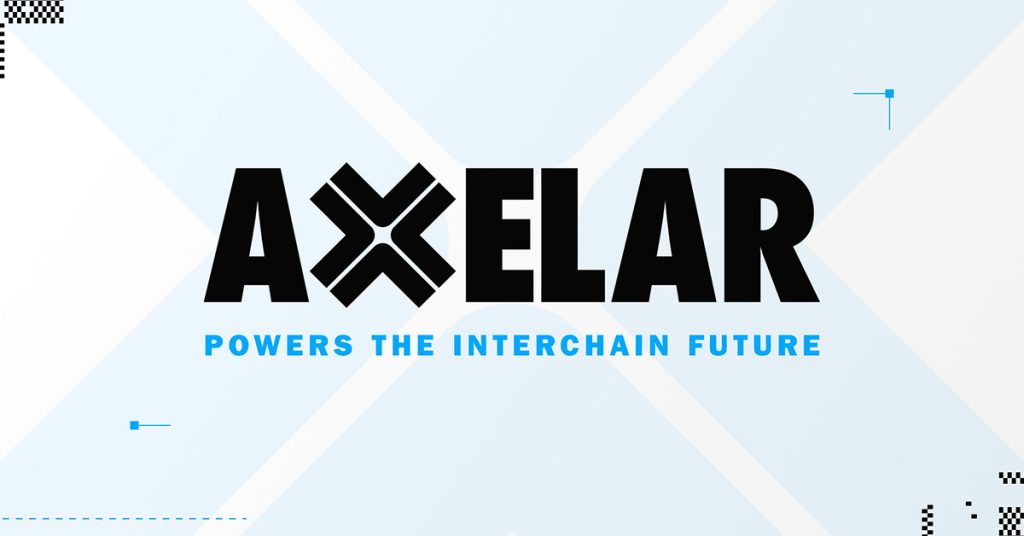
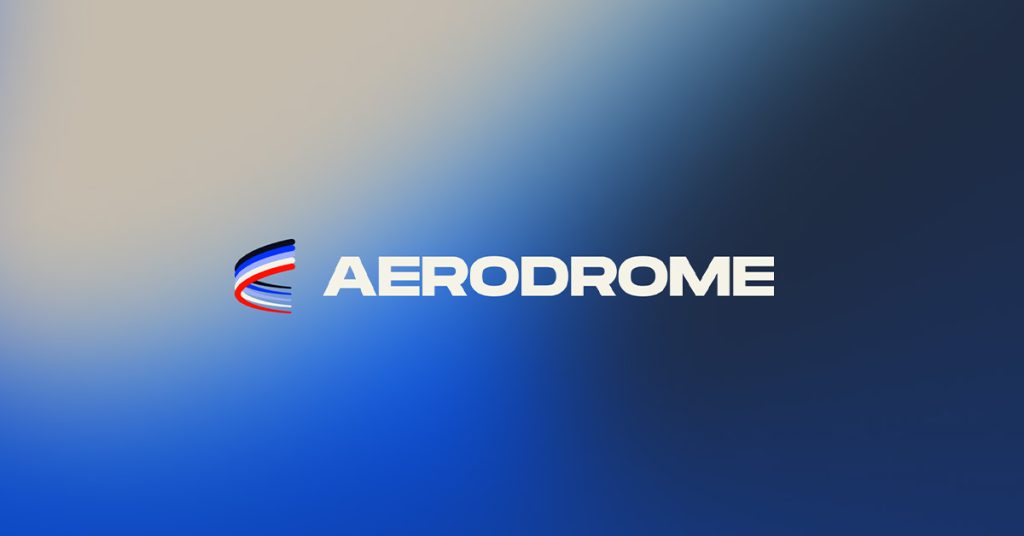
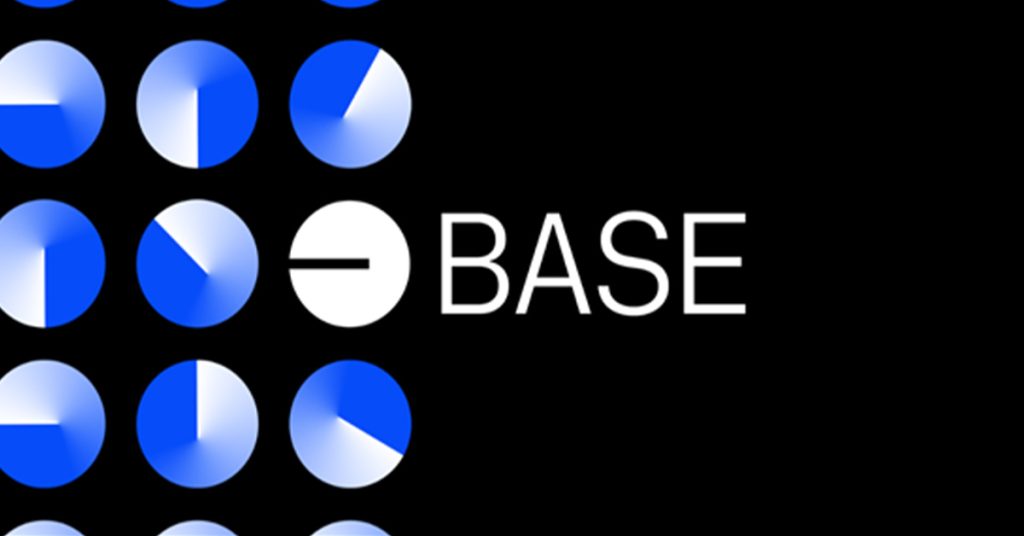
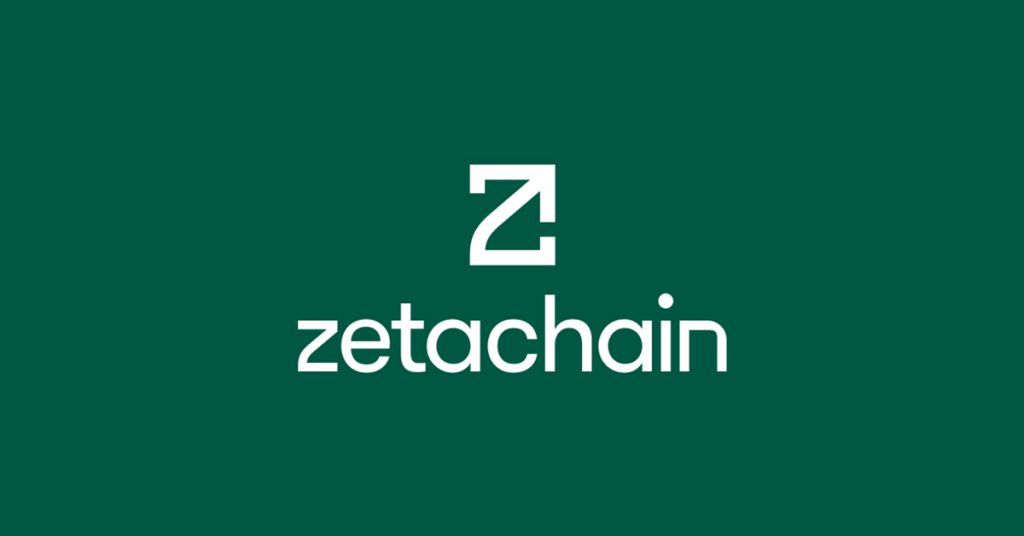
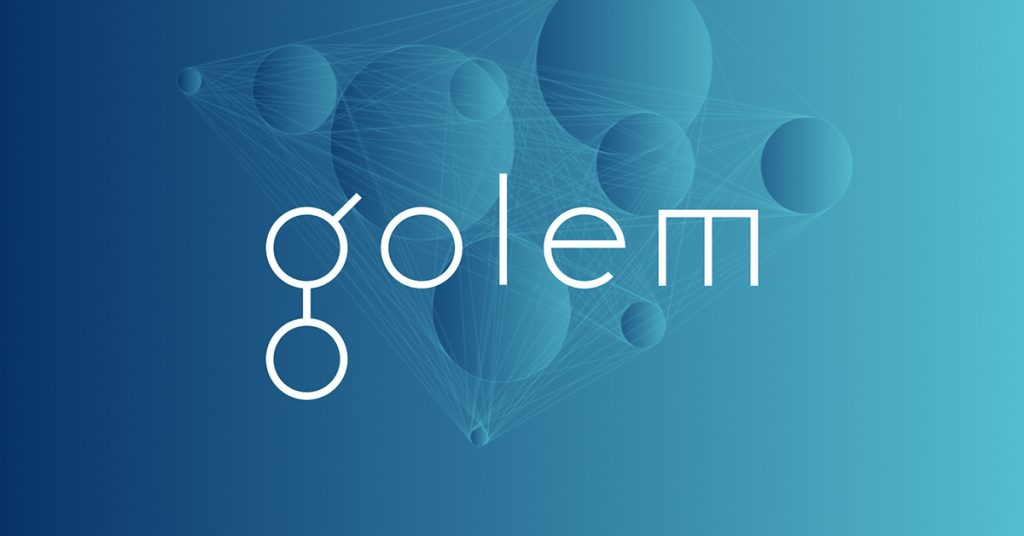
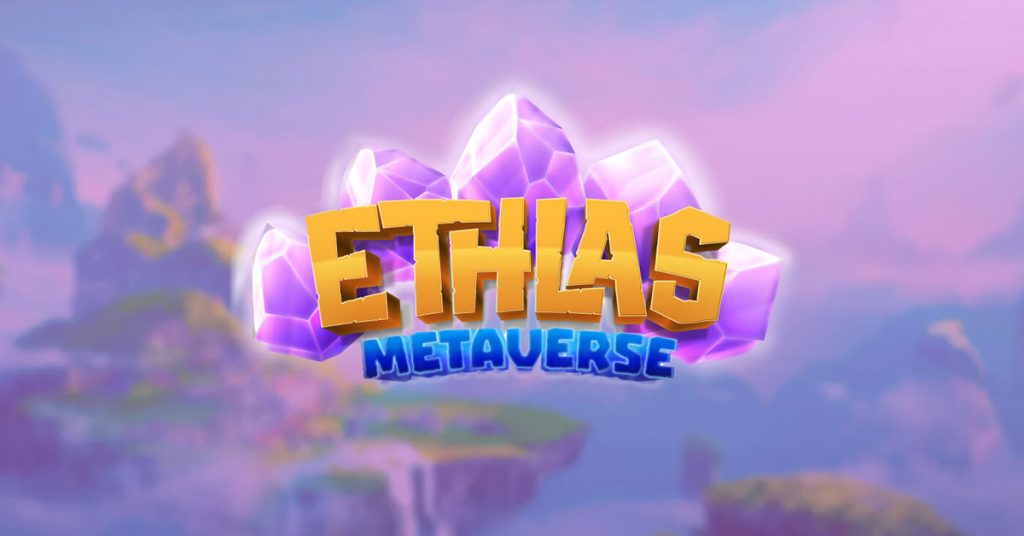
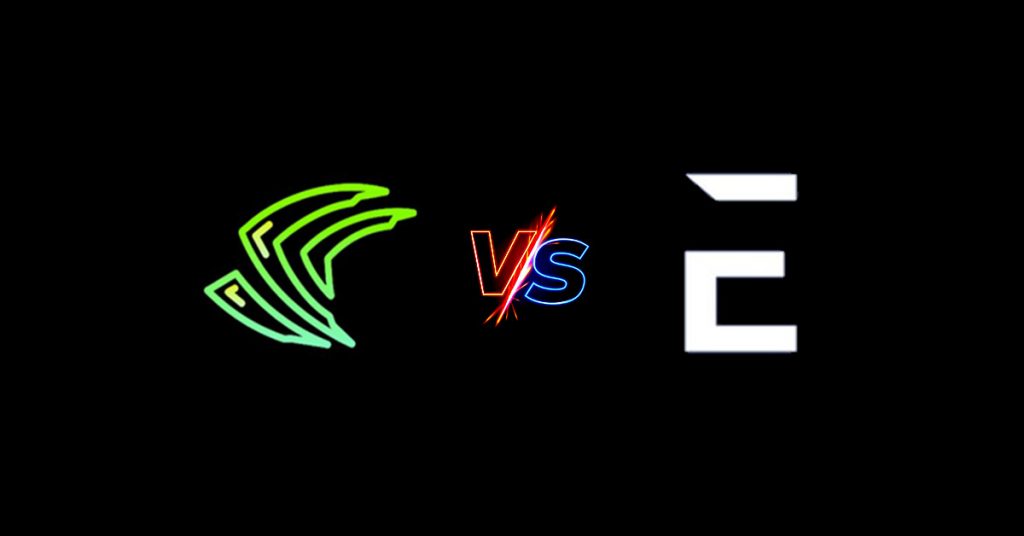
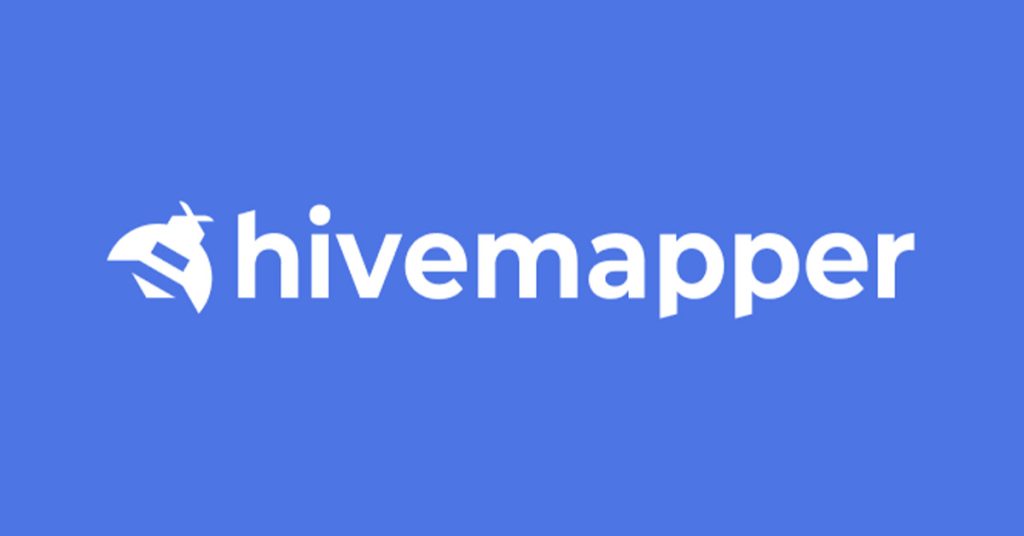
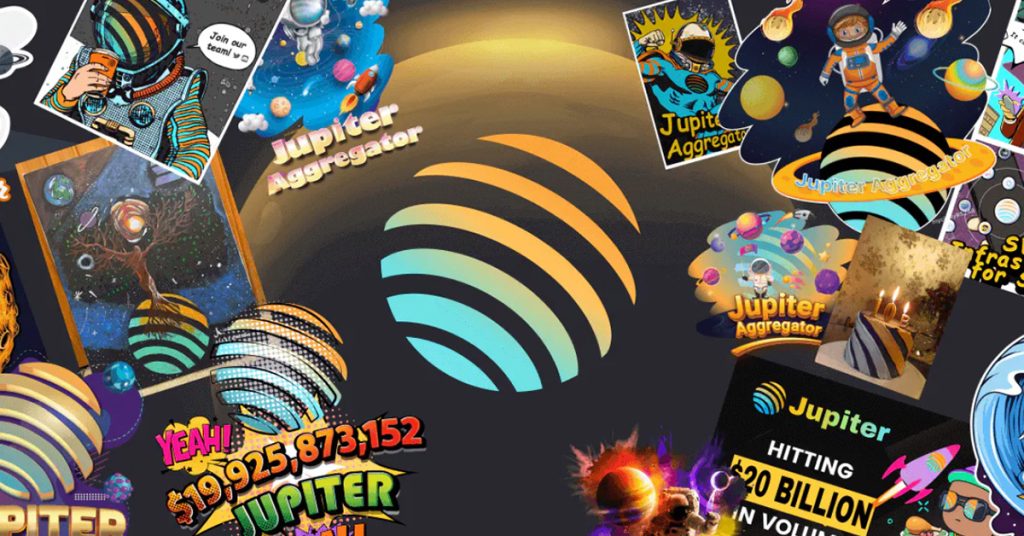
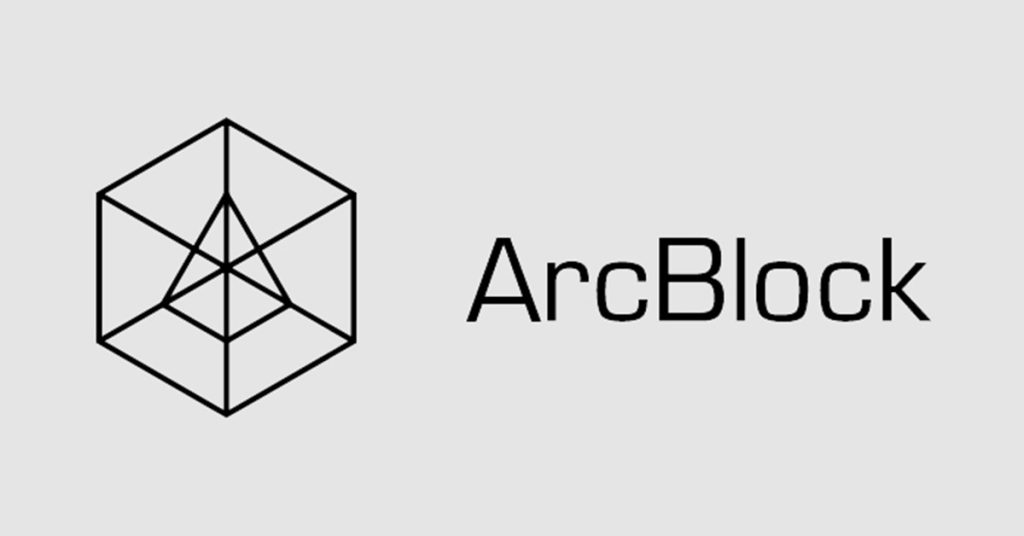
Responses